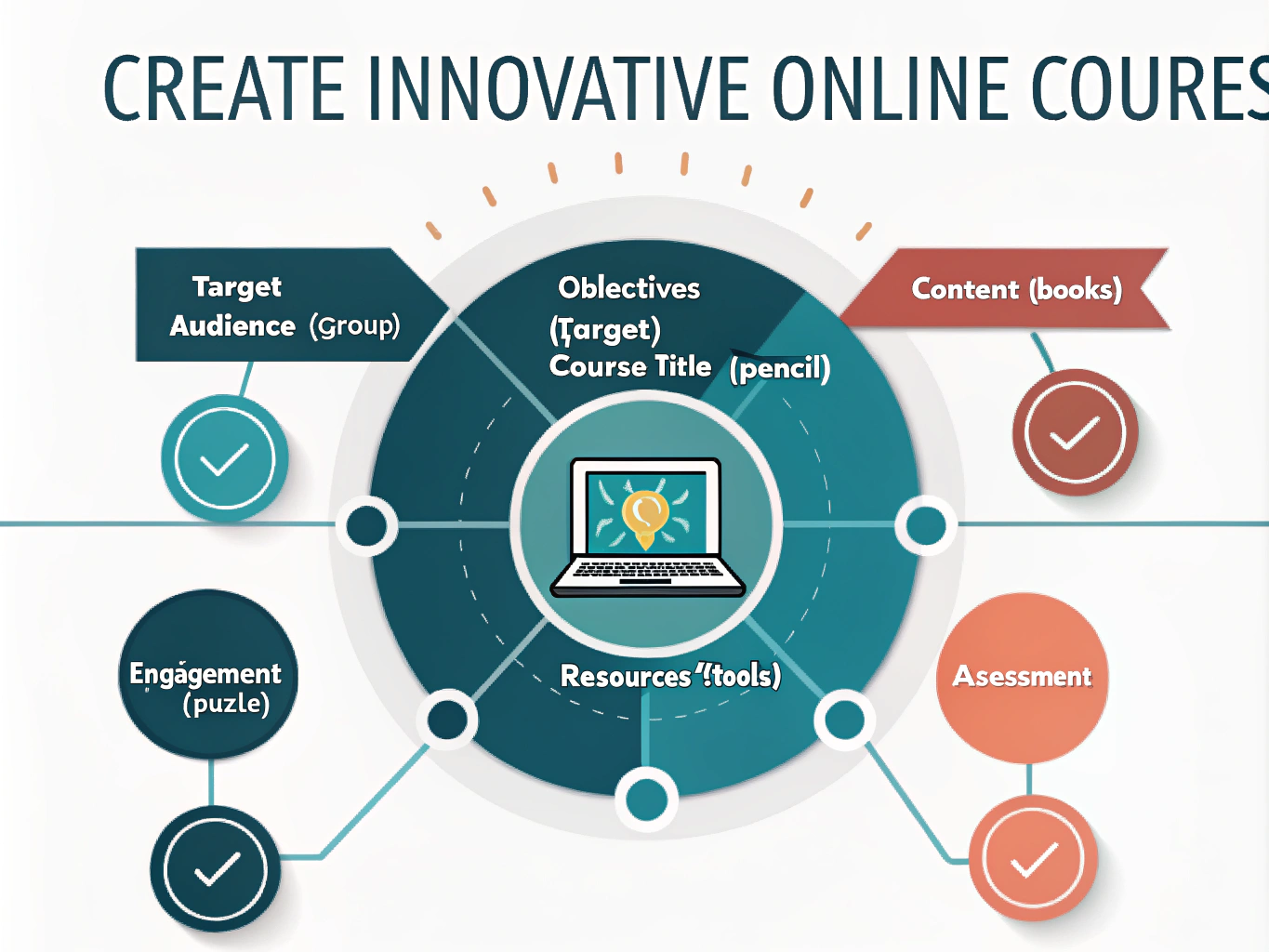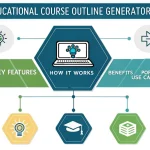Create an Innovative Entrepreneurship Course
Is this tool helpful?
How to Use the Online Course Creation Tool Effectively
This tool helps you build a detailed, innovative online course tailored for entrepreneurs. Fill out each field carefully to generate a course outline that fits your unique vision.
-
Course Title: Enter an appealing and precise title that captures your course focus. Examples:
- “Innovation Mastery: Strategies to Transform Your Startup”
- “Creative Leadership for Emerging Entrepreneurs”
-
Target Audience: Describe the specific group of entrepreneurs you want to reach, including their background and needs. Examples:
- “Early-stage female founders in health tech seeking ways to scale their product development”
- “Solo entrepreneurs in the creative arts industry looking to diversify revenue streams”
-
Course Objectives: Clearly state the skills or knowledge participants should gain. Examples:
- “Build entrepreneurial resilience through creative problem-solving techniques”
- “Design innovative marketing campaigns that increase customer engagement”
-
Course Content: Outline the core modules and topics that emphasize creativity and entrepreneurship. Examples:
- Module 1: Cultivating an Innovative Mindset
- Module 2: Leveraging Customer Insights for Product Innovation
- Module 3: Creative Funding Strategies for Startups
-
Engagement Strategies (Optional): Suggest interactive methods to keep learners active and invested. Examples:
- Live Q&A sessions featuring successful entrepreneurs
- Collaborative innovation labs using virtual breakout rooms
-
Resources and Tools (Optional): Identify helpful platforms or materials. Examples:
- Idea management tools like Miro or Trello
- Market research databases such as Statista or Nielsen
-
Assessment and Feedback (Optional): Recommend evaluation approaches for participant progress. Examples:
- Peer review of innovation proposals
- Instructor-led critique sessions after each project phase
-
Marketing Strategy (Optional): Draft a plan to promote your course effectively. Examples:
- Collaborate with startup incubators and entrepreneurship networks for targeted outreach
- Develop content marketing using success stories and testimonials
Once you complete the fields, submit the form. The tool will generate a customized course outline based on your inputs, helping you quickly structure a course that resonates with your audience.
Introducing the Online Course Creation Tool for Entrepreneurs
What is This Tool?
This online Course Creation Tool is designed to support entrepreneurs, business educators, and course creators in developing structured, creative courses focused on innovative entrepreneurship. By collecting your course details, it generates a tailored outline that guides you through building an engaging, relevant educational experience.
Purpose and Key Benefits
The tool streamlines course planning, ensuring your curriculum covers essential aspects of creativity and innovation while matching your audience’s needs. Benefits include:
- Accelerated course development, saving you valuable time
- Customization that targets specific entrepreneurial segments
- Comprehensive topic coverage from ideation to implementation
- Incorporation of effective engagement and assessment methods
- Creation of practical, actionable course frameworks
Practical Uses of the Online Course Creation Tool
Streamlining Course Development for Educators and Coaches
If you’re an entrepreneurship coach or educator, the tool acts as your course architect. Input your course focus, audience, and goals, and it generates a detailed outline that you can refine and expand. This accelerates your planning process and helps maintain focus on relevant topics.
Empowering Entrepreneurs to Share Expertise
Entrepreneurs looking to create courses for peer learning can use this tool to articulate their knowledge clearly. It structures their experience and insights into a curriculum framework that others will find accessible and valuable.
Enhancing Course Impact Through Structured Engagement
The tool suggests various engagement strategies and assessment methods that you can adopt or adapt. This supports active learning and helps participants apply innovative concepts directly to their business challenges.
Case Study Example
Example: A business incubator used this tool to design a 10-week course on “Creative Business Models for Social Entrepreneurs.” They input details about the audience, focusing on impact-driven startup founders, set clear objectives around social innovation, and created modules on storytelling for social change, lean experimentation, and impact measurement. The resulting outline included peer brainstorming activities and real-world project work. After launching, participant engagement and success metrics improved notably.
Important Disclaimer
The calculations, results, and content provided by our tools are not guaranteed to be accurate, complete, or reliable. Users are responsible for verifying and interpreting the results. Our content and tools may contain errors, biases, or inconsistencies. Do not enter personal data, sensitive information, or personally identifiable information in our web forms or tools. Such data entry violates our terms of service and may result in unauthorized disclosure to third parties. We reserve the right to save inputs and outputs from our tools for the purposes of error debugging, bias identification, and performance improvement. External companies providing AI models used in our tools may also save and process data in accordance with their own policies. By using our tools, you consent to this data collection and processing. We reserve the right to limit the usage of our tools based on current usability factors.







